History of The Hat
Strictly, a head covering that has a crown and brim. Loosely, the term is used for many kinds of
headgear. Since earliest times, men have created a great range of headgear, from fitted caps and hats
to draped or wrapped veils, turbans, and bands. Almost every kind of material has been used-fur,
fabric, metal, straw, horns, jewels, feathers, flowers, lace, glass, and synthetic materials.
Purposes
Headgear, like other elements of dress, is influenced by the purposes it serves and by the geography,
history, and culture of the region where it is worn. It may afford protection from the elements, as does the
fur shapka in the frigid Russian winter and the broad-brimmed straw coolie hat in the scorching
Indonesian sun. It may preserve modesty, as does the Muslim woman's veil. It may also enhance the
appearance, as does the wide, face-framing picture hat popular in the 1930's.
One of the most important purposes of headgear is to indicate status, especially in pre-industrial
societies, where one could recognize a person's rank, occupation, economic standing, race, and
even his/her religion, politics, and marital condition by the hat he/she wore. Thus rulers throughout
the world wore crowns, warriors wore helmets, and priests wore miters or tiaras. Similarly a chef's
hat and a nurse's cap are symbols of their vocations. In India the color and style of winding a turban
reveal a person's village, profession, and religion, and the Gandhi cap is the symbol of the congress
party. In the Middle Ages, Jews were required to wear conical yellow hats or yellow turbans. A Korean
gentleman's tall horsehair hat indicated that he was married.
Look At A Few Hats While Your Here
Click on the image for a larger version

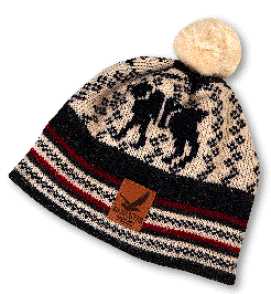

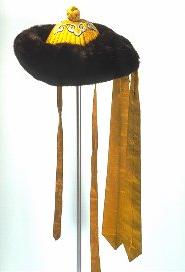
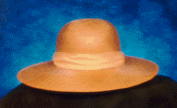
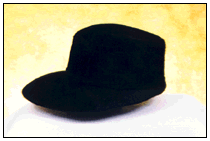
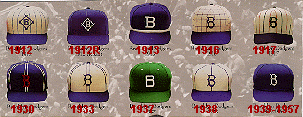
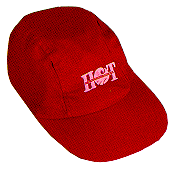
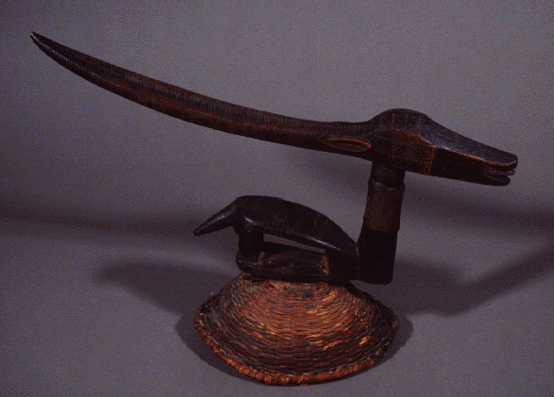

None of these images are mine so if they should not be here e-mail me & I will remove them.
You are person # to venture into The Kerosene Hat
to venture into The Kerosene Hat











